Category: Soap & Cosmetic Labeling
Blog posts that deal with soap and cosmetic labeling; addition information, questions asked and answered and updates as new information becomes known.
-

Lawsuits Over “Organic” Cosmetics
Babyganics is now the last in a long line of cosmetic companies sued for false advertising over organic-type claims
-

FDA Upping Their Game for Cosmetics
The FDA just updated their Warning Letters Address Drug Claims Made for Products Marketing as Cosmetics Claims page with yet more warning letters. That makes twenty-five warning letters issued so far in 2016. And of those, 18 were issued in just the last 3 months! Compare that to nine warning letters in 2015 and only
-
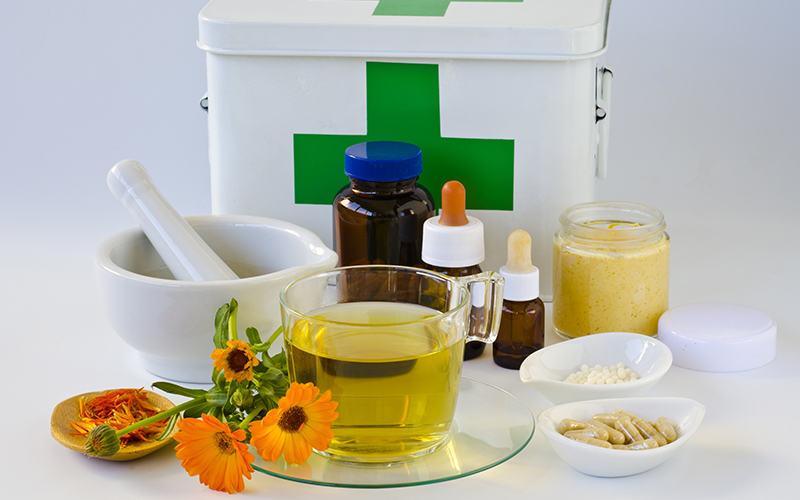
Healing Claims for Ingredients
When you say that an product ingredient can heal, you are making the same claim for the product itself, so it becomes an unapproved new drug.
-
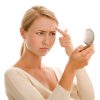
Claims and Intended Use
When describing your product, keep in mind that the whole point of “claims” is that they are providing information to the consumer about the intended use. Technically it’s not the claim, but what the consumer perceives to be the intended use of the product, which determines whether it is a drug or cosmetic. If your
-
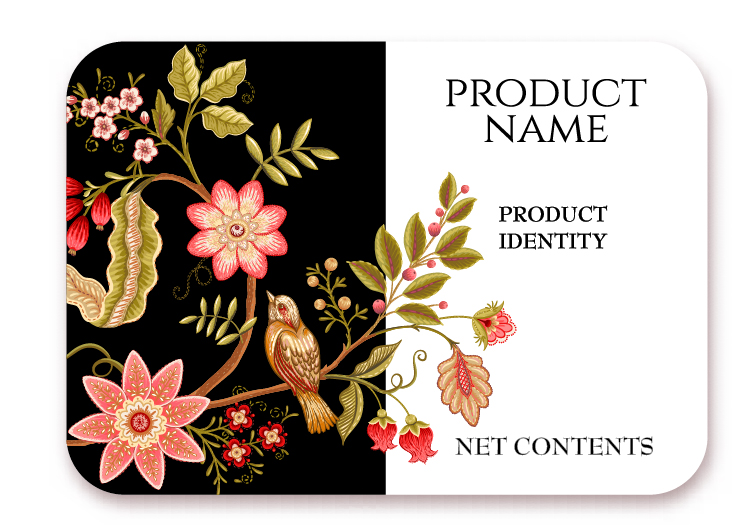
What’s in a Name?
Once again we’re discussing ingredient names, but this time in the name or identity of the product, not in the ingredient declaration.
-

Intended Use – Know Before You Go
It is the intended use of a product that determines what it is. Oddly enough, it can be the exact same product formulation, but it could be classed as different types of products depending on what you say is its intended use. What is it? This is a very important concept to understand: the intended use
-
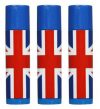
Brexit and Cosmetics
If you are following international news, you probably heard that Brexit was approved and Great Britain will be leaving the European Union. What does that have to do with cosmetics? Well, honestly, I don’t know all the ins and outs of how the process of their leaving the EU will work, but I was struck
-

International Cosmetic Laws
While most of my writing has been on the subject of United States regulations, the truth is that nearly all major countries have very comparable laws when it comes to labeling soap and cosmetics. The US is a bit more lenient when it comes to soap, and to registration and pre-approval. The reason for the
-
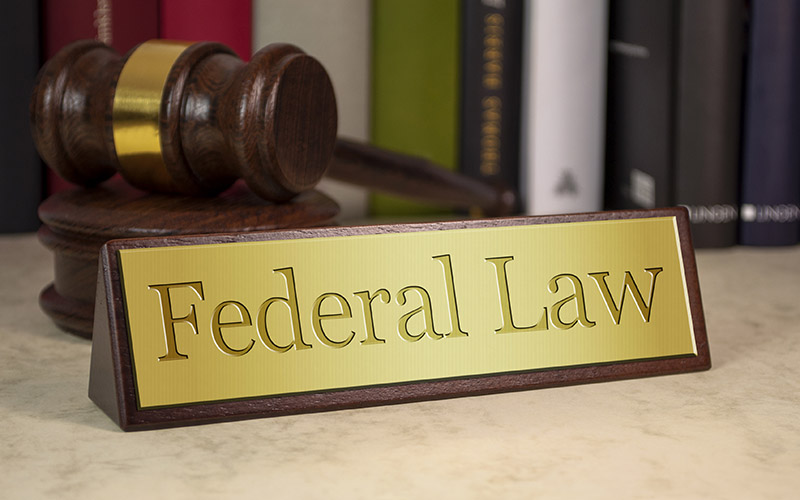
Is the Net Content Required in Metric?
Are you required to put the net contents in metric on your soap or cosmetic label? As with most regulatory questions, the answer is… it depends.
-

ISO Issues Natural and Organic Cosmetic Guidelines
In February this year, the International Standards Organization issued ISO 16128-1, Guidelines of technical definitions and criteria for natural and organic cosmetic ingredients and products (available to purchase here). The description of the guidelines says: ISO 16128-1:2016 provides guidelines on definitions for natural and organic cosmetic ingredients. In addition to natural and organic ingredients, other ingredient
-
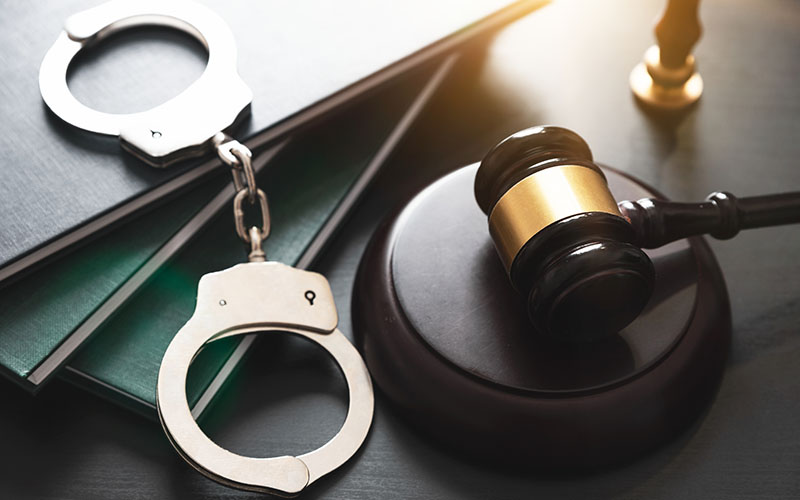
What’s the Worst That Could Happen?
I’ve talked in the past about the dangers and pitfalls of making medical claims for soap and cosmetic products. Over and over, handcrafters have asked me: “What’s the worst that could happen?”
-

What Suppliers Will (and Won’t) Tell You
When you make and label your own cosmetics, you are required to declare on the label all of the ingredients in descending order of predominance. In addition (and unlike food) you must list all of the components of any blended ingredient individually, in correct order in the ingredient declaration. If you purchase, for example, a
